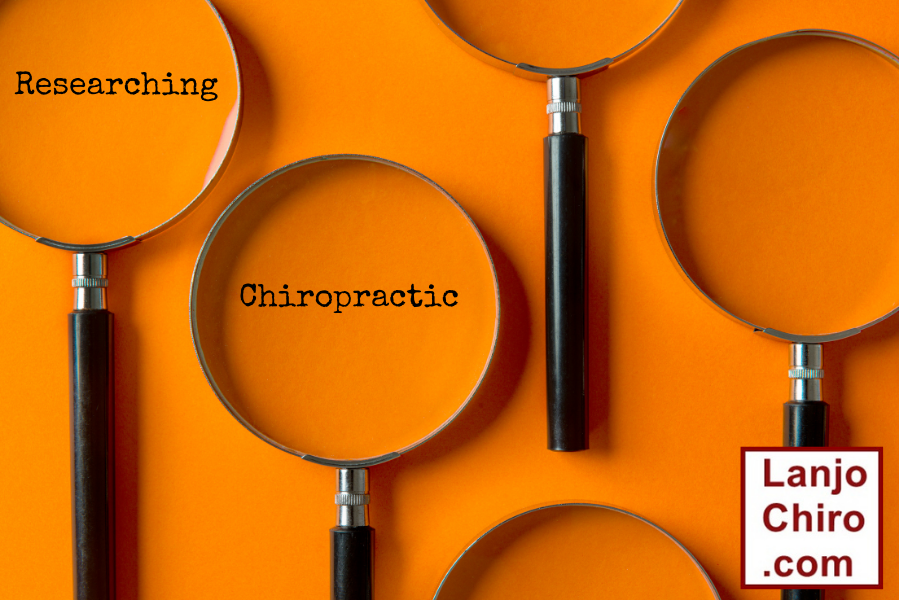Chiropractic clinical case histories have been a regular feature of our patient newsletter since its inception. There seems to be no limit to the health problems that respond positively to chiropractic care. How many people suffering, reliant on medication and drugs, and facing a life of limitation could be helped by chiropractic care?
Probably most of them.
Back & Pelvic Pain During Pregnancy
A 35-year-old pregnant woman developed back and pelvic pain in the later stages of her pregnancy. The pain was strong enough to interfere with her sleep and daily activities. Rather than taking medication (which can be risky during pregnancy), she visited a chiropractor. She received gentle spinal adjustments, soft tissue therapy, and simple home exercises designed for pregnancy. She was also given tips for better posture and movement during her day.
After six weeks of care, the pain dropped dramatically, and she was able to sleep better and move more comfortably. This case highlighted that chiropractic care can be a safe and natural option for pregnant women dealing with back or pelvic pain.(1)
Muscle Weakness
A 35-year-old woman with a rare condition that causes muscle weakness (called spinal muscular atrophy) was suffering from painful jaw problems that made it hard to eat and speak. Because her body was already physically weak, regular medical or dental treatments weren’t ideal.
She went to a chiropractor, who used gentle hands-on treatments, soft tissue work (like massage), and specific exercises to help relax and strengthen the muscles around her jaw.
After a short course of care, her jaw pain got much better and her ability to open and move her mouth improved. This case showed that even people with complicated health issues can benefit from personalized, gentle chiropractic care.(2)
Do you know someone with any of these issues?
Please encourage them to make an appointment with us!
- Bernard, M.N., & Kirk, J.A. (2016). Chiropractic management of pregnancy-related lumbopelvic pain: a case study. Journal of Chiropractic Medicine, 15(2), 129-133
- Visscher, C.M., & Lobbezoo, F. (2009). Conservative care of temporomandibular joint disorder in a 35-year-old patient with spinal muscular atrophy type III: a case study. Journal of Chiropractic Medicine, 8(4), 187-192.









